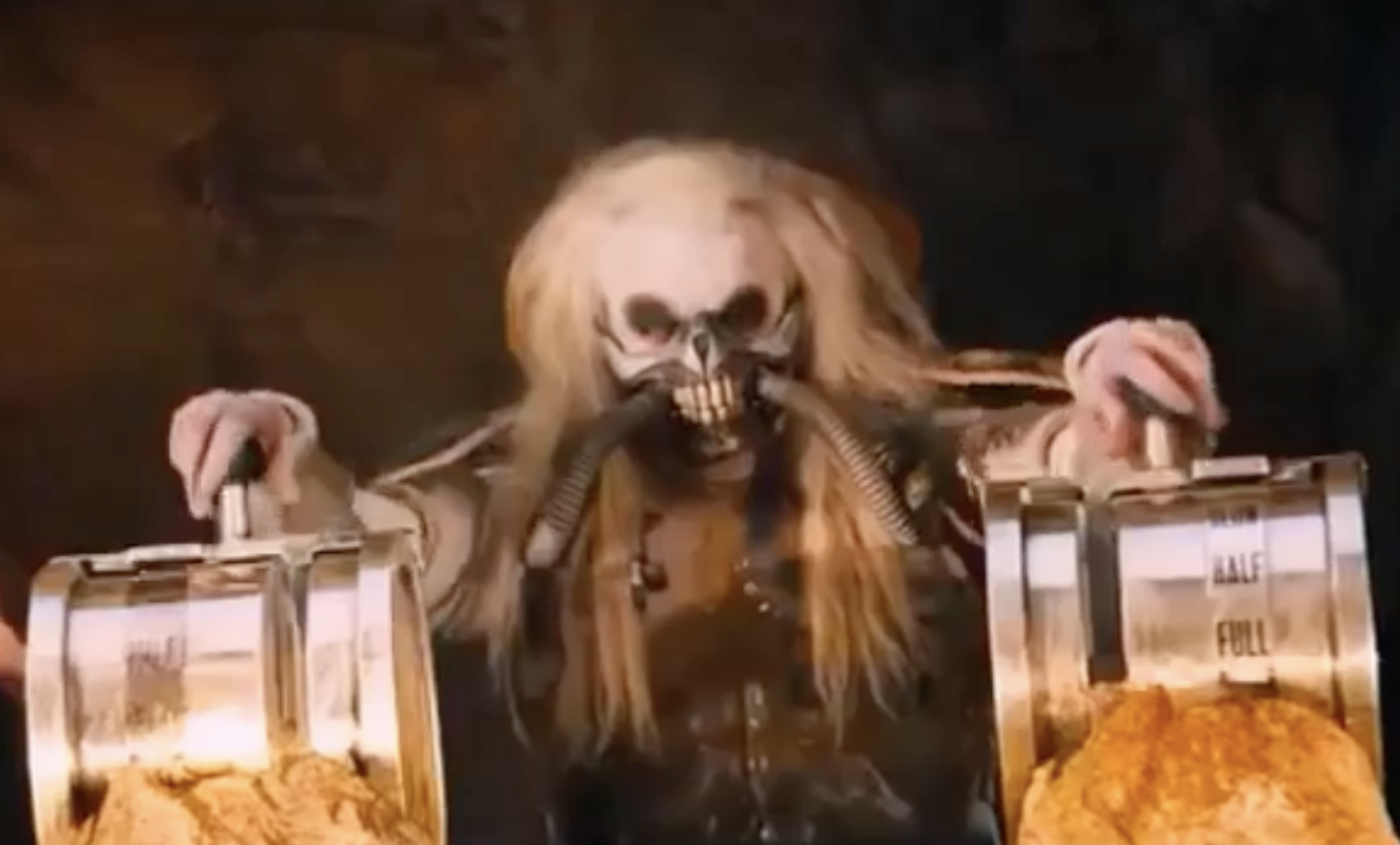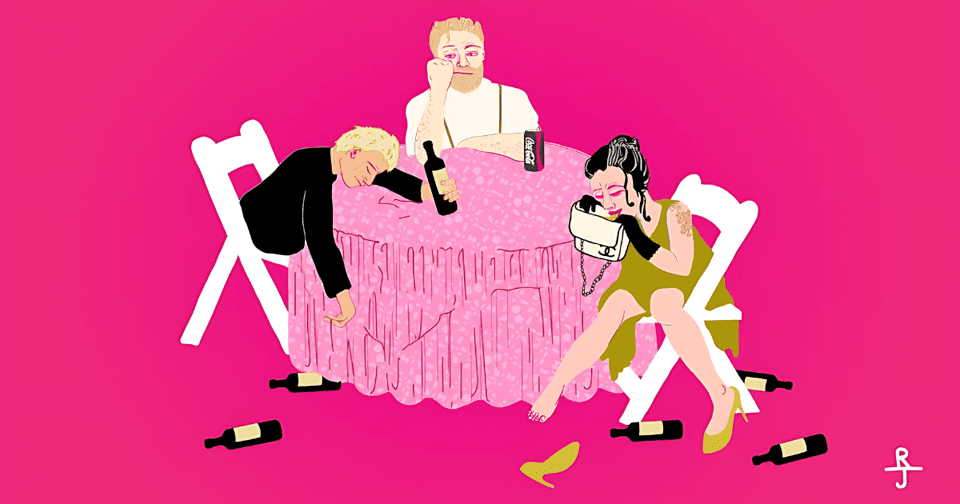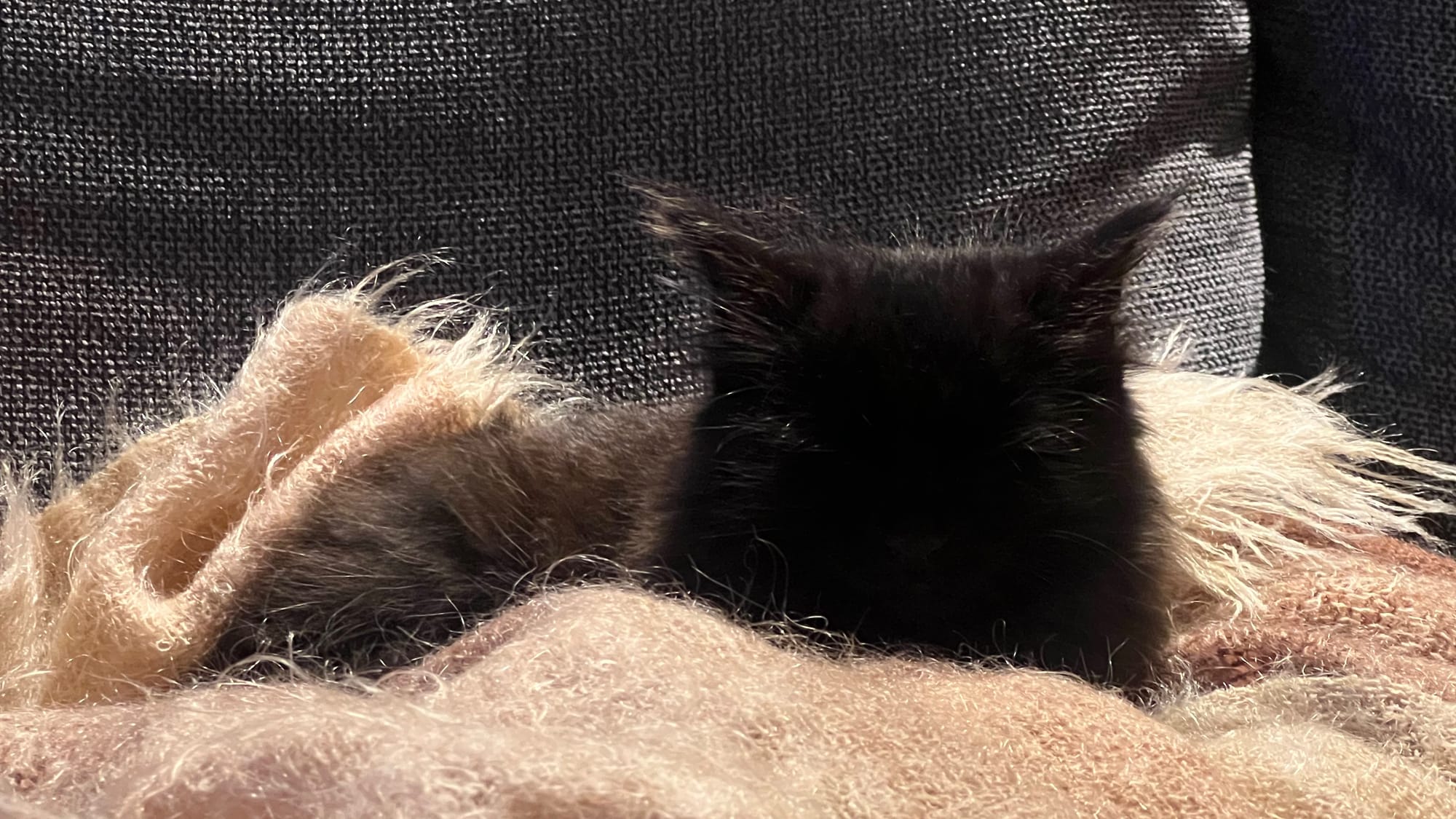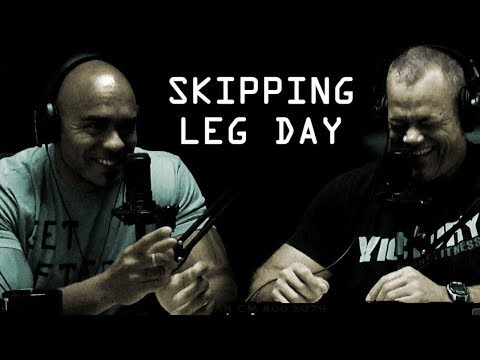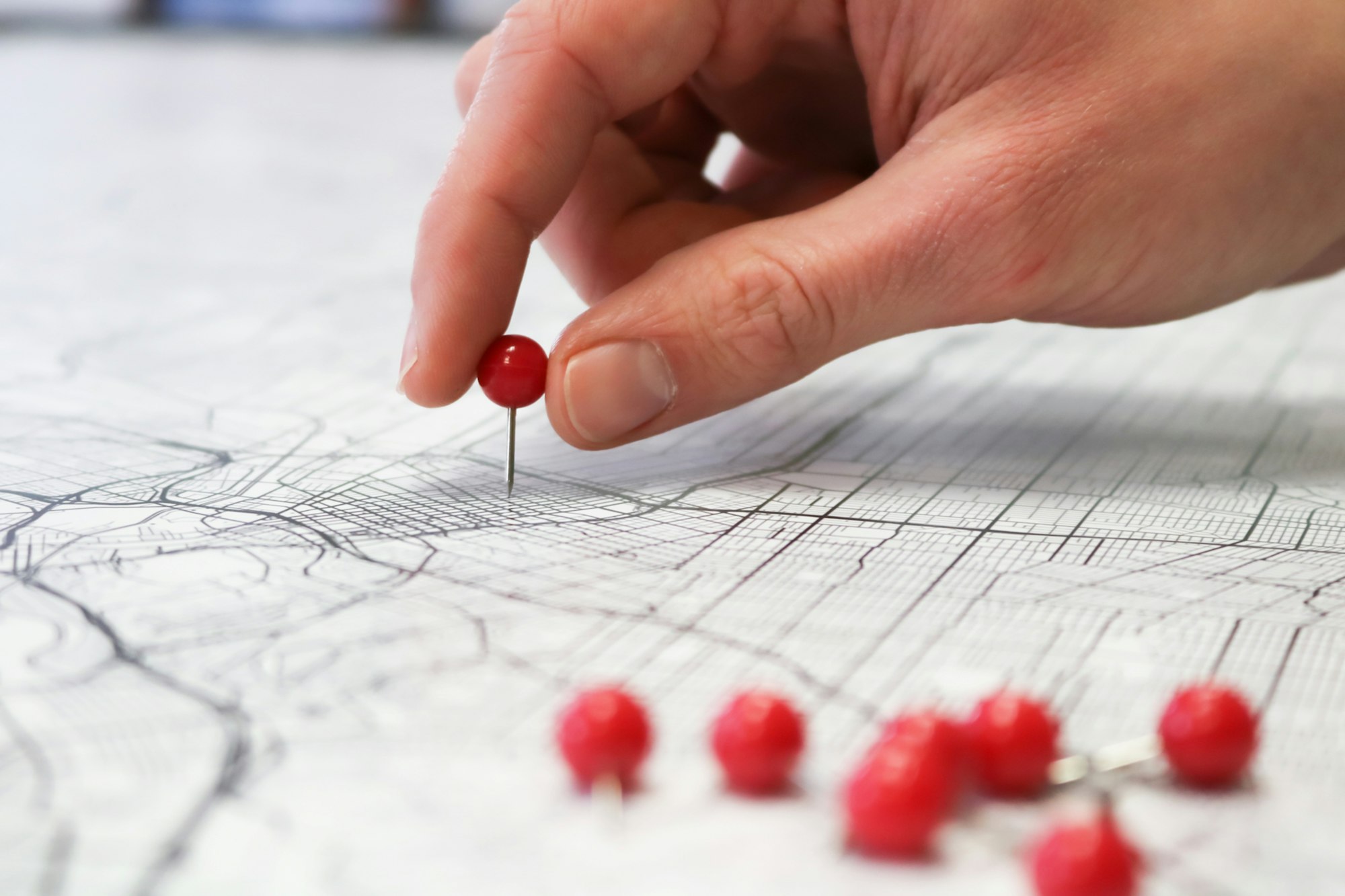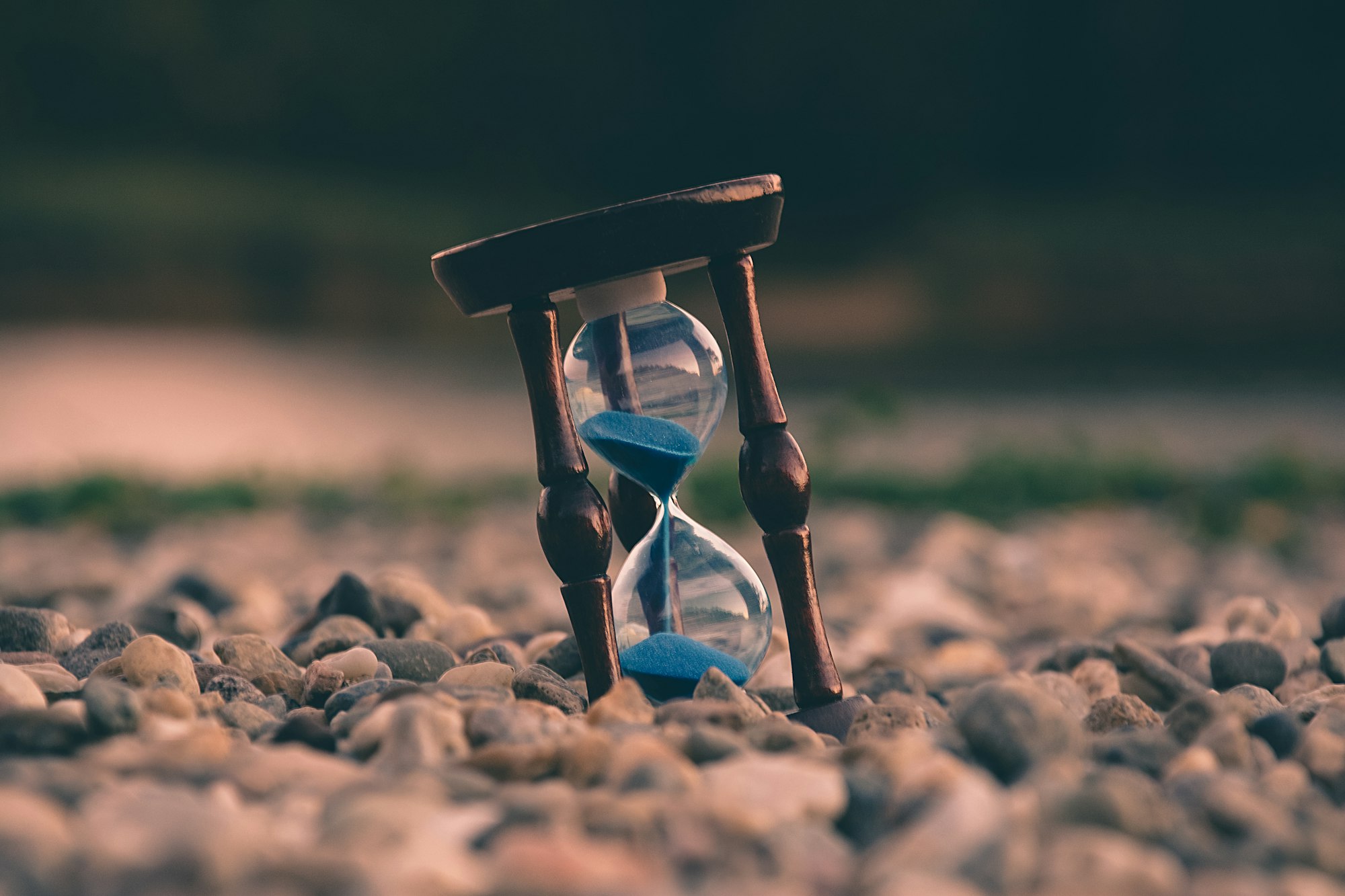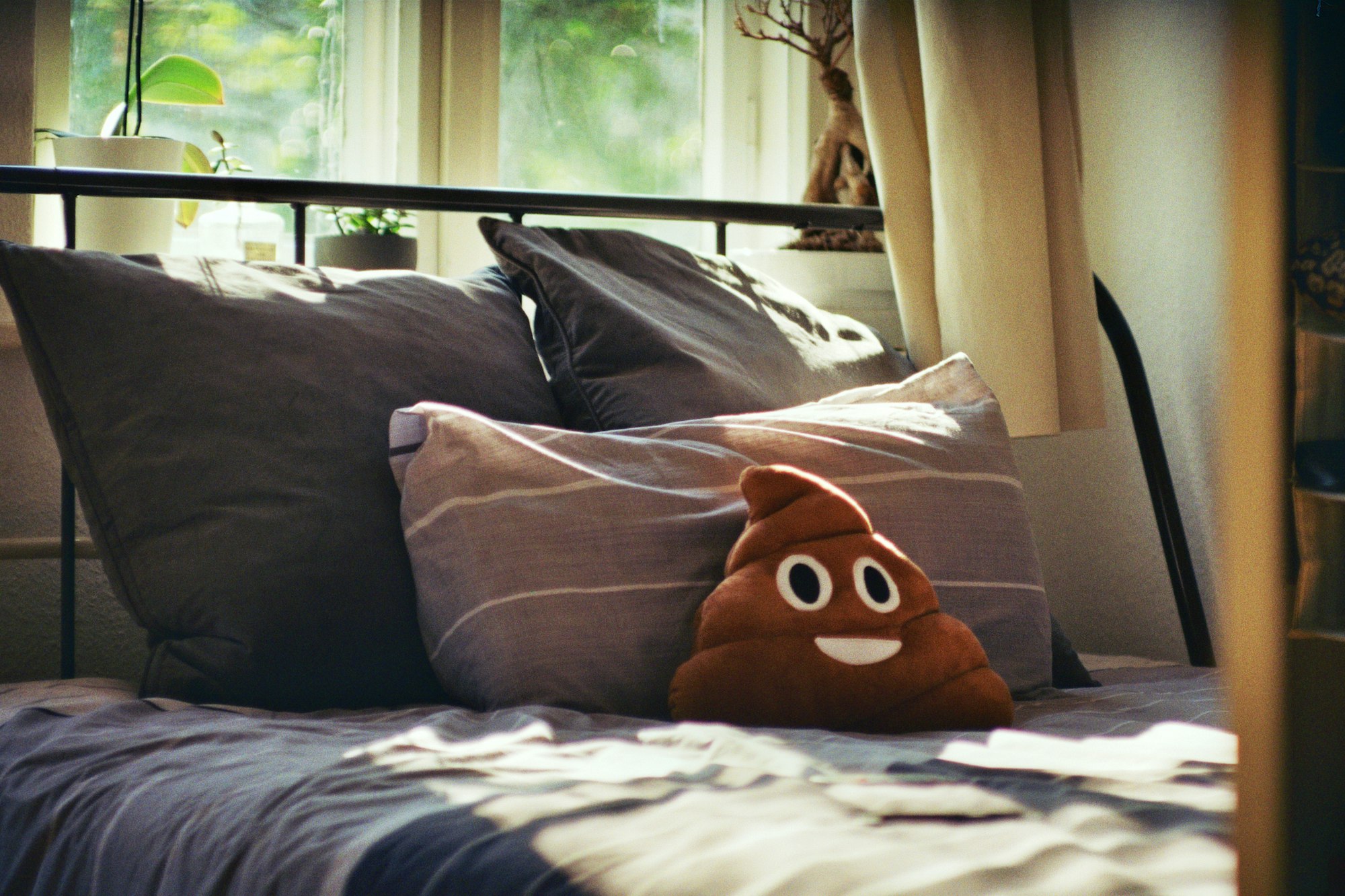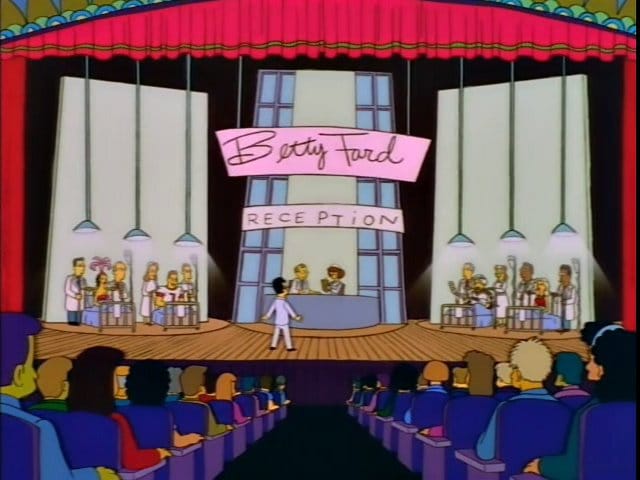Last week, and by last week I mean “two weeks ago,” I wrote about how I was mid-way through a dopamine detox, which is a terrible name for something that isn’t actually possible. What it actually entailed was avoiding social media and video games for a couple of weeks.
What I wasn’t expecting was for my life to change overnight.
The reason I wasn’t expecting my life to change overnight is because it’s a meaningless cliche. Your life is always changing, overnight or not. However, life does contain milestones, and a few remarkable things did happen. I’m sure some of those things had something to do with the dopamine detox, while others might have been mere happenstance or coincidence. Am I going to identify which is which? Like hell. Self-help never does that: in a given seminar, newsletter, online course, or book, all positive changes that occur to the reader or consumer are assumed to be a consequence of said seminar, newsletter, online course, or book. Dopamine detoxes are no different. Online, you can find no end of ads and testimonials where people who’ve subjected themselves to varying degrees of dopamine detox (everything from “avoiding video games” to “spending a month not socialising and avoiding bright lights at night lest it spike dopamine”) credit it with extraordinary life changes. If the ad below is anything to go by, I can now expect to get promoted at work, get rid of stress, become “the alpha man,” and transform “into energized, focused, and well-rested person,” as well as become “fully rebranded.” Exciting!

I believe, foolishly, that my readers are intelligent enough to discern which of my last several week’s experiences can be traced to my dopamine detox.
Here are a few of them.
1.) My memory improved?
A couple of days ago I had cause to spell out my surname on the phone which is always a giant pain. “D” sounds like “T” and “M” sounds like “N”, and I have the usual flat Kiwi accent making it all worse, which is how I have found myself opening fairly important letters and emails addressed to someone called “Joss Trumnod.” Many years ago I decided to fix this by learning the NATO phonetic alphabet, which I never did. Or, at least, I could never remember it properly. But this phone call was different: I ripped out Delta Romeo Uniform Mike Mike Oscar November Delta like it was nothing. Unfortunately the guy on the phone had never heard of the phonetic alphabet and seemed to think I’d had a stroke, but no matter. I’m now quite sure that dopamine fasting helps you remember how to talk like a fighter pilot engaging tangos in the skies over Eastern Europe. Someone should do a paper on this.
2.) My sleep got worse
Over the course of my dopamine detox I noticed that my sleep suddenly got worse. In fact, I can track it to an exact date: September 11 to 12, 2024. That night was utterly insomniac: I got literally no sleep at all. It was horrible. Might this have been a side-effect of all the increased dopamine swirling around my cortex? Perhaps! In a sleep study where participants were apparently given cocaine before having their brains scanned, it seemed that dopamine had something to do with sleep/wake regulation. “Indeed, increased potency and efficacy of cocaine was observed in relation to sleep relative to the wake state, a highly translatable finding…” the authors state. Who knew? Sadly, I had no cocaine, so my sleep deprivation must have been due to something else. I will continue the research.
3.) Parking got easier
According to Internet, having more dopamine to hand can make you more alert and improve your decision-making abilities. That’s certainly true for me, and there’s nothing more universally applicable than my specific lived experience. The other day, I was looking for a parking space, and one opened up right in front of me. To be fair, this sometimes happened before the dopamine fast started. I’ve been “manifesting” favours from an obliging universe, a la The Secret, for a long time now. (When it happens while my wife is in the car I look knowingly at her and waggle my fingers about my head while saying “maaaaanifessssstingggg” which never fails to be incredibly funny. Just ask her!) This time around, it’s different. The car parks I’m finding tend to be around the fronts of buildings like shopping centres and supermarkets. It’s very obliging of my increased dopaminergic capacity to do this, but I need to be careful – all this extra convenience means I’m walking a bit less, which might lower my dopamine levels. I’d hate for this to backfire on me.
4.) I’m getting up a lot earlier
Despite the occasional severe insomnia, I’m getting up much earlier in the morning. Most days this week I’ve been up at or before sunrise. Dopamine, as we’ve learned, plays a role in sleep/wake/cocaine cycles, and it’s been said that waking up early and watching the sun rise can help optimise levels of this neurotransmitter. Andrew Huberman, the superhuman scheduler of six simultaneous girlfriends, and an army of online acolytes who remix his content sure seem to think so. Perhaps it works in reverse also? If seeing the sun rise can help me have more dopamines, maybe having more dopamines increases my desire to see the sun rise! Either way, perhaps it’s helping me shake off a lifetime’s habit of night owlism.

5.) The highs are higher and the lows are lower
Dopamine plays a role in the regulation of emotion, and many influencers who I’m sure are just being modest about their neuroscience and psychiatry qualifications assert that being overstimulated is a primary cause of anhedonia. My experience is that over the last week or two I’ve felt both better and worse than at nearly any other time in the last three years. Does it stem from dopamine fasting? It’s hard to say. Actually, wait, no. It’s not at all hard to say “it’s the dopamine detox wot dun it” so I’m just going to do that. It might have been something else entirely, but who knows!
6.) I kicked my Instagram scrolling habit
Making a point of avoiding news and social media had one incredible side-effect: I stopped scrolling endlessly on news and social media. Wow! Tautologies are tautologies. This did give me quite a lot more time in my day – there’s little doubt about how much of your life your phone and its manipulative, attention-hogging-by-design apps are stealing – but this was a mixed blessing. On the one hand, I quite genuinely felt I had more mental space and clarity, and I’ve found it a lot easier to do life admin. In lieu of gaming I got a painting mostly done, about which more later. On the other hand, I found myself drawn to other phone-based time wasters, and just days ago (after the official end of the self-imposed rule against playing video games) I developed a fascination with being terrible at online chess. Just because you remove one nuisance from your life doesn’t guarantee that whatever replaces it won’t also be a giant pain, if you let it.
With all that said, I’m not kidding about how beneficial spending less time on social media has been. There are very few downsides. Important news still finds its way to me, and I’ve been posting about as much as I usually do, if not more. For the most part, no-one misses you when you avoid social media, and that’s a good thing. Not feeling beholden to the endless scroll means you can dip in to check your notifications in batches, reply to anything that seems worthy, and move on with your life. While I had a bad case of itchy fingers at first, I feel like scrolling is one habit that can stay kicked, with a little maintenance.

7.) Oh yeah and this happened

The birth of my second child, two weeks ahead of schedule, might have caused some of the effects I mentioned. Insomnia, the sudden availability of accessible parking spaces, spelling names over the phone, waking up earlier, mood swings… they all seem related. Or maybe it was the dopamine fasting. Who can really tell? Life is weird and wonderful, and it’s never more so than when someone new starts it. Having a child really is the One Weird Trick to Reboot Your Habits, assuming you’re a moderately decent person, because many things that are merely virtuous aspirations if you don’t have kids suddenly become necessities. Waking up before sunrise to change your newborn daughter’s nappy (she will poo in the new one within seconds) may not be the traditional way to optimise dopamine or whatever the latest marketing jargon is, but I have no doubt that having children has improved my self.



